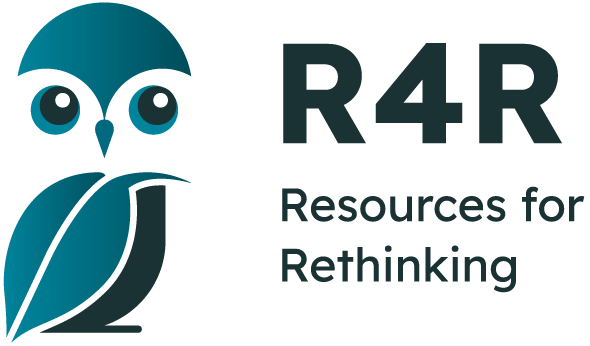- Home
- Tutorial
- Resource Guides
- Focus Areas
- LSF Programs
-
Professional
Development - Review Process
-
A project of LSF

Search for Resources
Canada's Forests: Learning from the Past, Building for the Future- Vol. 1
Canada's Forests
Elementary
Description
Canada’s Forests - Learning from the Past, Building for the Future explores Canada’s rich forest heritage and the development of sustainable forest practices to ensure healthy ecosystems. The resource takes a look at the past, present and future of Canada’s forests and forest industries. The lessons incorporate interactive, hands-on activities that help students to see how forest practices have evolved over Canada’s history and present an understanding of forest ecosystems. The resource contains a series of eight lessons, for this review we take a look at lessons one, three, five and seven.
Lesson 1- Trees in our Community – Past, Present and Future
Students observe trees in their community and participate in a class discussion about past and present patterns of trees and tree communities. Through creative writing, drawing or mapping exercises students are invited to share their observations. They explore the role that trees have played in the lives of local residents past and present and make predictions about what the community will look like in the future based on the patterns noted.
Lesson 3 – Harvesting Timber – Old Ways, New Ways Students begin by discussing past and present logging practices; they gather information about logging tools which were used in the past and those that we use today. They record their findings and prepare to be interviewed by their peers.
Lesson 5 – Creating a Miniature Forest
Students participate in an outdoor forest mapping activity. They locate and observe an interesting patch of forest floor and note their observations. They identify parts of their mini forest ecosystem such as insects, climate and life cycles.
Lesson 7 – Paper making – A 2000-Year-Old Art
Students investigate the history of paper by constructing an illustrated timeline using the information provided. Based on their timeline, they research and write a brief story about the role that paper played in a specific place, at a specific time in history. They make their own recycled paper using the same basic concepts that have been used since it was first invented.
General Assessment
What skills does this resource explicitly teach?
- interpreting and communicating information
- how to make paper
Strengths
- The lessons are detailed and easy to use
- Activities are clearly defined and explained for both first-time and veteran teachers.
- Good quantity of background information for the teacher
- Variety of hands-on learning activities to keep the students motivated and engaged.
- Includes suggestions for field trips and videos to further enhance the learning.
- Realistic time frames are suggested with each lesson.
- Good variety of outdoor activities are suggested.
Weaknesses
- No action projects are suggested
- No action skills are explicitly taught
- Information is dated to 2000
- No assessment strategies or tools suggested
- Few opportunities for students to present their learning to parents or the school community
Relevant Curriculum Units
The following tool will allow you to explore the relevant curriculum matches for this resource. To start, select a province listed below.
- Step 1Select a province
- British Columbia
- Manitoba
- New Brunswick
- Newfoundland & Labrador
- Northwest Territories
- Nova Scotia
- Step 2Select a grade level
- Grade 2
- Step 3Select a subject
- Social Studies
- Step 4Relevant matches
- Social Studies 2:Environments
- Nunavut
- Step 2Select a grade level
- Grade 4
- Step 3Select a subject
- Social Studies
- Step 4Relevant matches
- Provinces and Territories: Our Places, Stories, and Traditions: The Land: Place & People
- Ontario
- Step 2Select a grade level
- Grade 3
- Step 3Select a subject
- Science & Technology
- Step 4Relevant matches
- Life Systems: Growth & Changes in Plants
- Grade 4
- Step 3Select a subject
- Science & Technology
- Step 4Relevant matches
- Life Systems: Habitats and Communities
- Prince Edward Island
- Step 2Select a grade level
- Grade 3
- Step 3Select a subject
- Social Studies
- Step 4Relevant matches
- Provincial Identity: Place
- Grade 4
- Step 3Select a subject
- Science
- Step 4Relevant matches
- Habitats
- Quebec
- Step 2Select a grade level
- Grade 3
- Step 3Select a subject
- Science & Technology
- Step 4Relevant matches
- Living Things
- Grade 4
- Step 3Select a subject
- Science & Technology
- Step 4Relevant matches
- Living Things
- Saskatchewan
- Yukon Territory
Themes Addressed
Ecosystems (3)
- Appreciating the Natural World
- Habitat Loss
- Interdependence
Land Use & Natural Resources (1)
- Forests
Sustainability Education Principles
| Principle | Rating | Explanation |
|---|---|---|
| Consideration of Alternative Perspectives | Good |
|
Consideration of Alternative Perspectives:
| ||
| Multiple Dimensions of Problems & Solutions | Good |
|
| Multiple Dimensions of Problems & Solutions: Effectively addresses the environmental, economic and social dimensions of the issue(s) being explored.
| ||
| Respects Complexity | Satisfactory |
|
| Respects Complexity: The complexity of the problems/issues being discussed is respected. | ||
| Acting on Learning | Poor/Not considered |
|
| Acting on Learning: Learning moves from understanding issues to working towards positive change — in personal lifestyle, in school, in the community, or for the planet
| ||
| Values Education | Good |
|
| Values Education: Students are explicitly provided with opportunities to identify, clarify and express their own beliefs/values. | ||
| Empathy & Respect for Humans | Good |
|
| Empathy & Respect for Humans: Empathy and respect are fostered for diverse groups of humans (including different genders, ethnic groups, sexual preferences, etc.). | ||
| Personal Affinity with Earth | Good | |
| Personal Affinity with Earth: Encourages a personal affinity with -the natural world.
| ||
| Locally-Focused Learning | Very Good |
|
| Locally-Focused Learning: Includes learning experiences that take advantage of issues/elements within the local community.
| ||
| Past, Present & Future | Very Good |
|
| Past, Present & Future: Promotes an understanding of the past, a sense of the present, and a positive vision for the future. | ||
Pedagogical Approaches
| Principle | Rating | Explanation |
|---|---|---|
| Open-Ended Instruction | Very Good |
|
| Open-Ended Instruction
: Lessons are structured so that multiple/complex answers are possible; students are not steered toward one 'right' answer. | ||
| Integrated Learning | Good |
|
| Integrated Learning: Learning brings together content and skills from more than one subject area
| ||
| Inquiry Learning | Good |
|
| Inquiry Learning: Learning is directed by questions, problems, or challenges that students work to address.
| ||
| Differentiated Instruction | Good |
|
| Differentiated Instruction: Activities address a range of student learning styles, abilities and readiness.
| ||
| Experiential Learning | Very Good |
|
| Experiential Learning: Authentic learning experiences are provided
| ||
| Cooperative Learning | Satisfactory |
|
| Cooperative Learning: Group and cooperative learning strategies are a priority.
| ||
| Assessment & Evaluation | Satisfactory |
|
| Assessment & Evaluation: Tools are provided that help students and teachers to capture formative and summative information about students' learning and performance. These tools may include reflection questions, checklists, rubrics, etc. | ||
| Peer Teaching | Satisfactory |
|
| Peer Teaching: Provides opportunities for students to actively present their knowledge and skills to peers and/or act as teachers and mentors.
| ||
| Case Studies | Good |
|
| Case Studies: Relevant case studies are included. Case studies are thorough descriptions of real events from real situations that students use to explore concepts in an authentic context. | ||
| Locus of Control | Satisfactory |
|
| Locus of Control: Meaningful opportunities are provided for students to choose elements of program content, the medium in which they wish to work, and/or to go deeper into a chosen issue. | ||

